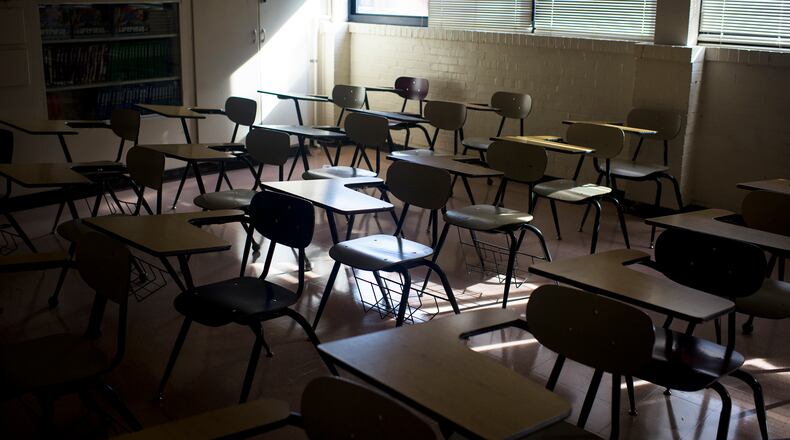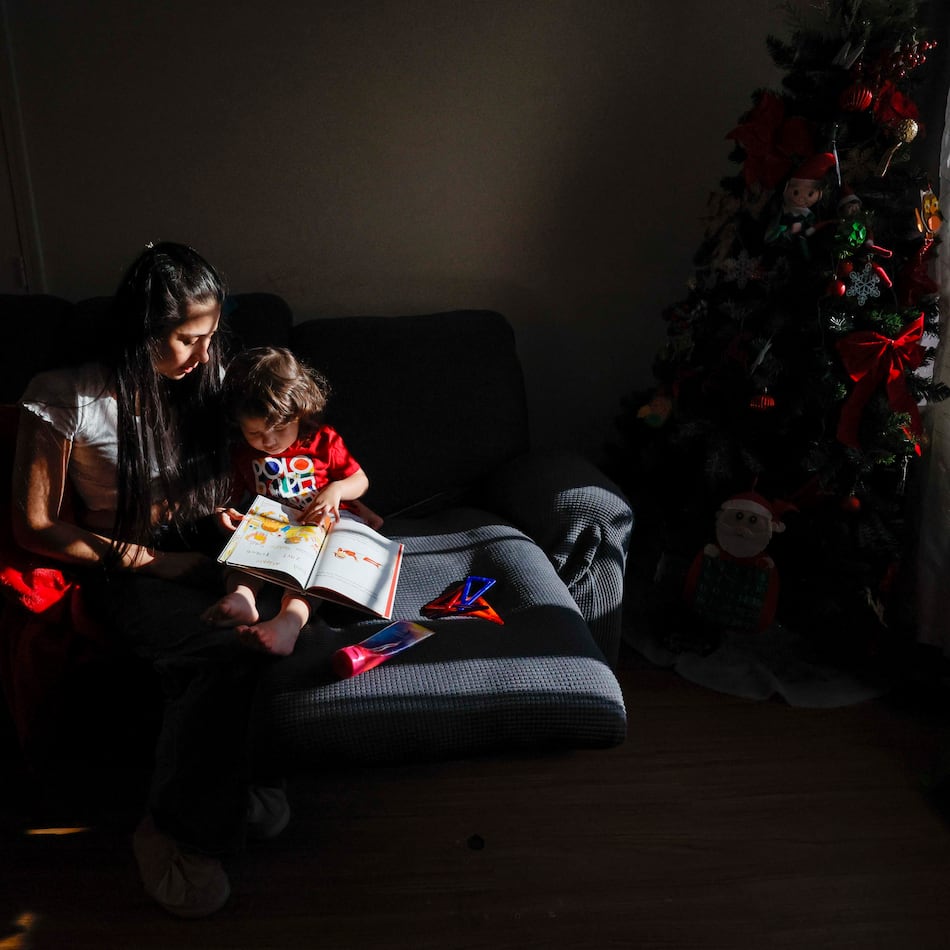In a guest column, Peter Smagorinsky discusses the failure of policy and politicians to address the broader societal factors that influence school attendance and how children perform in school.
Smagorinsky is an emeritus professor in the University of Georgia’s College of Education. He is the 2023 recipient of the American Educational Research Association Lifetime Contribution to Cultural-Historical Research Award.
By Peter Smagorinsky
“Parental satisfaction with their local school is at an all-time high, while Americans’ satisfaction with K-12 quality is at a record-tying low, according to newly released poll results from Gallup.” — Peter Greene
And here we go again. Our schools are in crisis. Only vouchers can help kids escape the public schools they are trapped within and allow them to enroll in independent or charter schools. Or perhaps requiring the science of reading will resolve the crisis. Maybe firing the school superintendent every year or two is the answer, as tried in Atlanta, DeKalb and other districts.
As has been found repeatedly over the decades, people think their local schools are doing a good job, but that nationally, there is an education crisis. And because of this crisis, we need radical changes in curriculum and instruction, not to mention the contents of libraries. This phenomenon of thinking things here are OK, but terrible everywhere else, affects citizens’ beliefs about other areas of life as well.
It’s much easier to change the curriculum, empty library shelves of books and require a specific curriculum than to analyze and understand broader societal factors that affect schools — first from the outside, and then from the inside when they are replicated in schools.
If these social factors were the subject of analysis and response, perhaps hundreds of millions of dollars wouldn’t be diverted to institute curricular changes that make teachers responsible for all of society’s challenges while ignoring the actual reasons that affect students’ disengagement with school.
Credit: Contributed
Credit: Contributed
I’d like to look at one factor that has a huge impact on schooling and on the assessment of teaching and learning. The pandemic made it clear that being in school is better than not being in school. Yet, a lot of kids aren’t in school much at all. It should be no surprise that when kids are out of classrooms more than they are in them, they will not show well on measures of “achievement” administered through standardized tests.
Millions of kids are missing weeks of school as part of an attendance crisis across the United States. The pandemic was a factor for several years, but the pattern has persisted in the aftermath of the worst of it (and don’t look now, but it’s back).
There are many reasons that students are staying away. These include families’ financial struggles, housing problems (from homelessness to dangerous rental communities), unreliable transportation to school as bus drivers quit their jobs, school staffing shortages, mental health challenges of both students and their parents (and inadequate care for all), nutritional deficiencies and health problems from living in food deserts, bullying in school and online, the disproportionate effects of climate disasters on people living on the margins, the impact of gun violence on children and youths, the effects of gang membership and violence on kids’ ability to focus on their studies, the scrubbing of libraries of books that interest kids who aren’t white or heterosexual and more.
These are the kids who don’t show up at all. There are also kids who attend, but are stuck eternally in in-school suspension rooms. Perhaps you think that such kids are a distraction to the learning of others and therefore should be segregated. But there are kids who get suspended for things that don’t disrupt much at all. A Texas student spent the majority of the year in in-school suspension because he refused to cut off his dreadlocks, following a pattern of punishing, and eventually incarcerating, those whose appearance threatens those in control.
Research has documented persuasively the tendency of (largely white) adults to engage in continual surveillance and to rely on their subjective impressions of students of color to decide whether they are good or bad students and people. Those deemed bad because of their hair, attire, speech, demeanor, etc. end up getting disciplined, often through exclusion from classrooms.
My former University of Georgia colleague Bettina Love was recently featured here discussing some of these topics. In her interview, she outlined the ways in which Black students end up on the wrong end of disciplinary actions. Dr. Love locates the beginning of this trend with the war on drugs, although this form of discrimination has deep roots in the history of U.S. education. I grew up attending segregated schools in Alexandria, Virginia, in the 1950s and 1960s where, following integration, segregation within schools continued through the assignment of Black kids to special education classes, a pattern that persists today.
Love reports one of the students she interviewed “was suspended between 120 and 140 days from kindergarten through high school.” Being the subject of such disciplinary actions, she argues, results in depression, anxiety and post-traumatic stress, all unaddressed by schools and society except through a trip to the in-school suspension room where their academic progress, like their mental health, goes neglected.
Sure, you might say, that was one kid. But it’s not. It’s many, and enough to sink aggregated test scores and leave the impression the school is failing. Add those who are bullied, malnourished and sickly, lacking transportation, etc., and the scores take another dip. And not one the curriculum alone can fix.
Yet politicians, journalists, edupreneurs, one-note researchers and educational leaders continue to focus on test scores to justify the idea there’s a crisis that only their solutions can fix. However, fiddling with curricular interventions while communities deteriorate is just a distraction from what we really need: a compassionate, equitable society that judges people on the content of their character and not the color of their skin.
About the Author
The Latest
Featured




